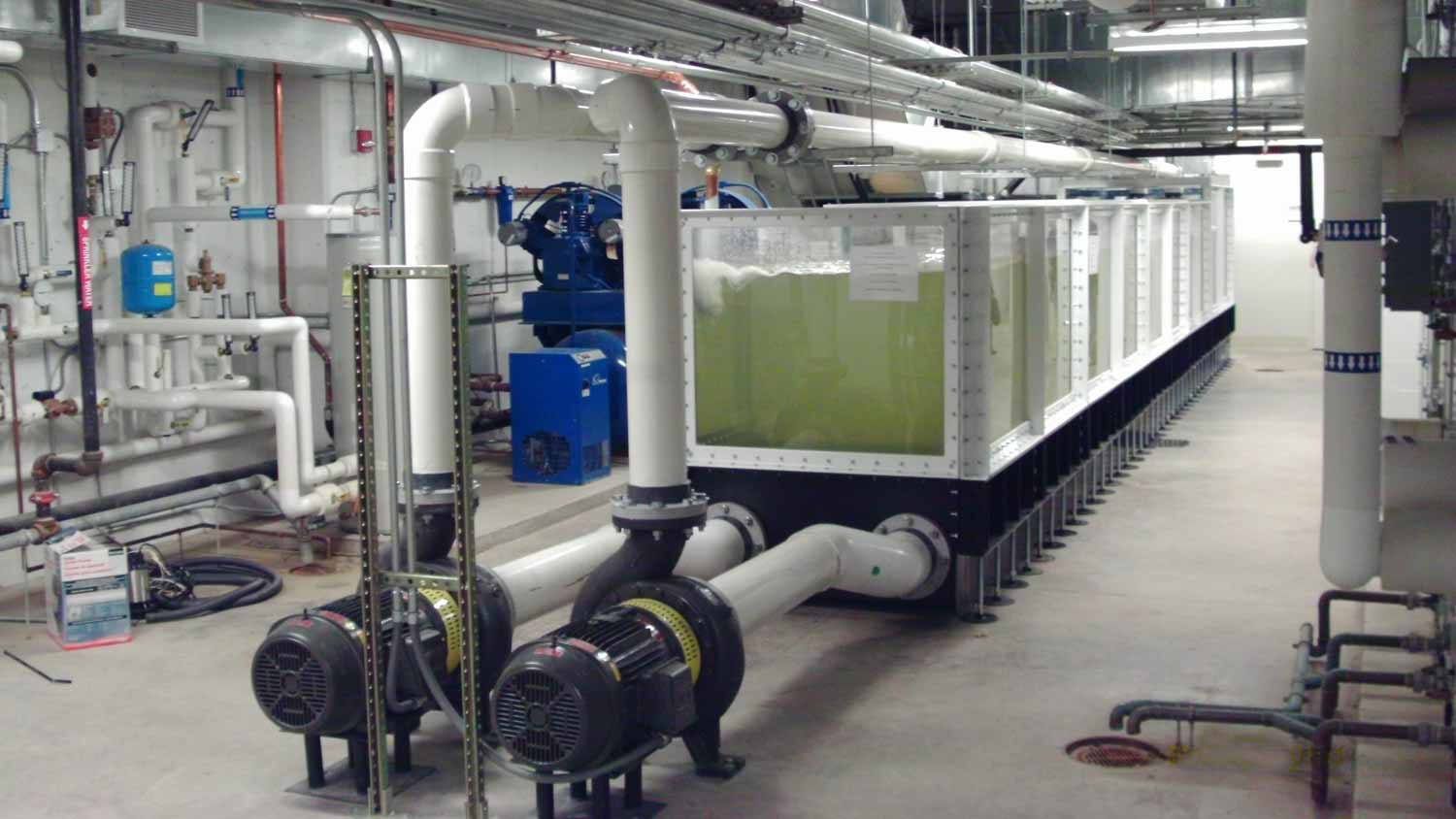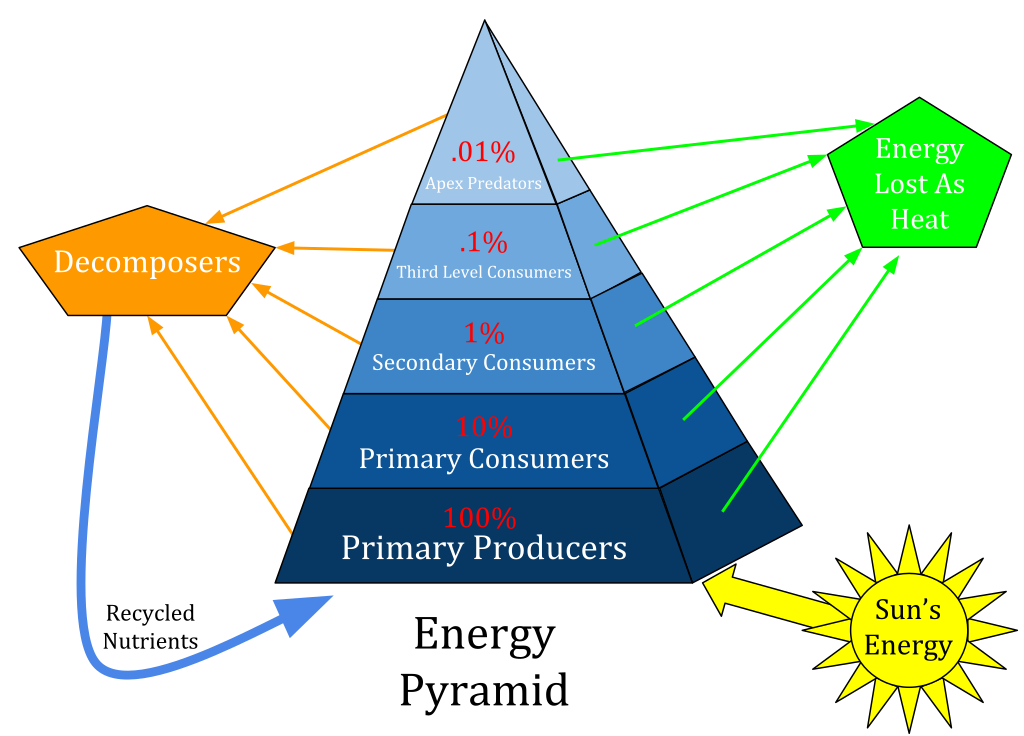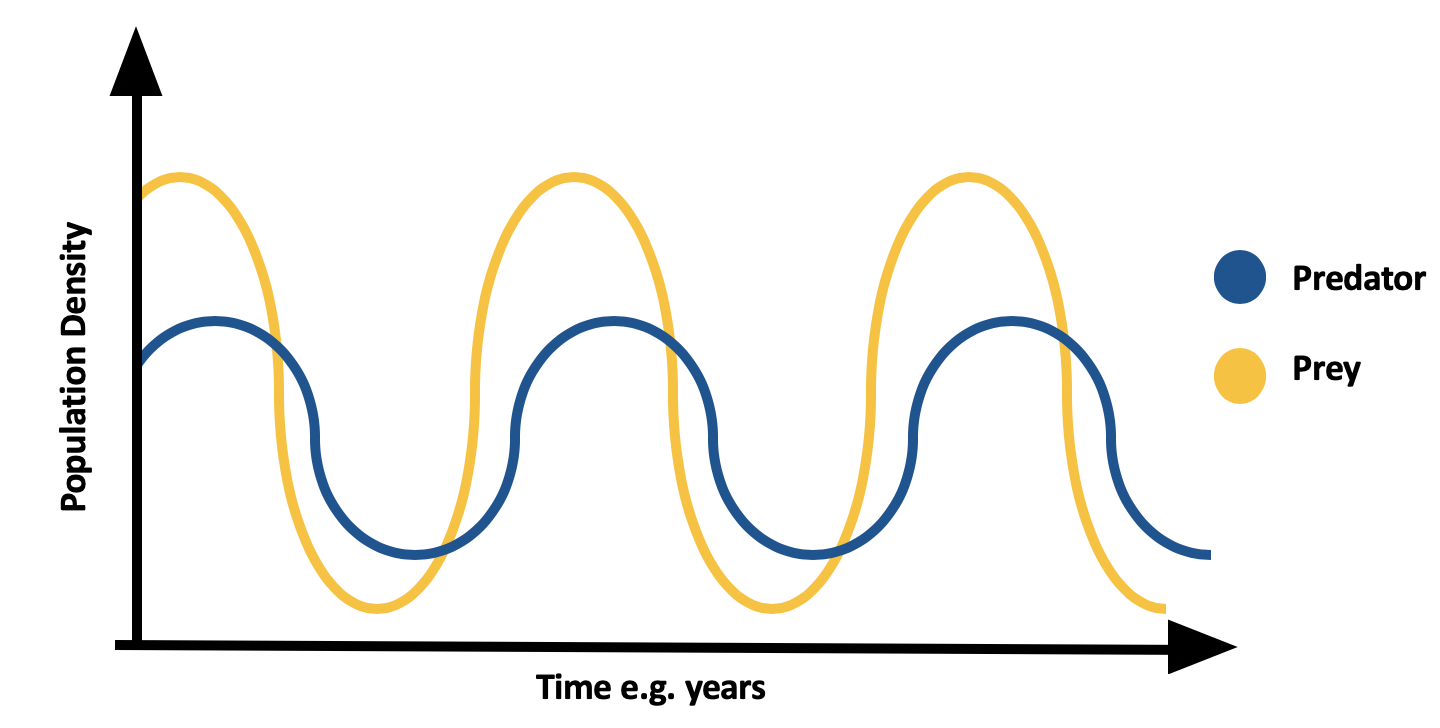Environmental Science is a field enriched by diverse methodologies to understand, interpret, and predict the complex dynamics of ecosystems. Among these, models stand as instrumental tools, offering insights that are both profound and actionable. They encapsulate the intricate dance of variables, parameters, and interactions within environmental systems, rendering them into forms that are analyzable and interpretable.
Physical Models
Physical models are tangible, scaled representations offering a three-dimensional perspective of environmental entities or systems. They bridge the gap between abstract concepts and observable phenomena, serving as a conduit for enhanced comprehension and analysis.
Scale Models
Miniature Replicas: These are detailed, scaled-down versions of ecosystems or environmental structures. They offer insights into spatial arrangements, structural complexities, and functional aspects, albeit at a reduced scale.
Educational Utility: Particularly popular in educational settings, they aid in conveying complex environmental concepts to students and stakeholders in a visually engaging manner.
Working Models
Operational Aspect: These not only mimic the structural attributes but also replicate the functional dynamics of environmental systems. They are instrumental in experimental research where manipulating real-world systems is impractical or unethical.

This laboratory hydraulic flume reproduces river or coastal flow at reduced scale, allowing precise control of discharge, depth, and bed conditions—an example of a working physical model. Researchers use such flumes to test scenarios that would be impractical or unsafe in the field. Source.
Predictive Insights: Working models can be used to predict the behaviour of environmental systems under varied conditions, offering data that is instrumental for environmental planning and management.
Conceptual Models
These are theoretical constructs that provide frameworks for understanding the qualitative aspects of environmental systems. They are instrumental in explaining interactions, processes, and functions that are otherwise intangible.
Flow Charts
Visual Representation: These models use symbols, arrows, and diagrams to represent the flow and interactions within systems. They are pivotal in understanding energy flows, nutrient cycles, and information exchanges in ecosystems.
Simplification: They distill complex processes into understandable visual forms, aiding in the comprehension and communication of intricate environmental dynamics.
Diagrams and Schematics
Illustrative Insights: Diagrams offer illustrative insights into environmental processes. They are instrumental in education and communication, translating complex dynamics into visual forms that are easily interpretable.
Diversity: Ranging from food webs to ecological pyramids and nutrient cycles, these models are diverse, each tailored to represent specific environmental phenomena.

This ecological pyramid illustrates trophic levels from producers to top consumers, showing how energy availability decreases up the pyramid. It exemplifies a conceptual model that simplifies ecosystem structure into an interpretable visual. Source.
Mathematical Models
These models are grounded in mathematical equations and computational algorithms. They are the linchpins for quantitative analysis, offering numerical insights into environmental dynamics.

A time-series output of a Lotka–Volterra model shows prey and predator populations oscillating with a characteristic phase lag. It exemplifies how mathematical equations generate quantitative predictions used in scenario analysis. Source.
Statistical Models
Quantitative Insights: These models are adept at handling vast datasets, offering quantitative insights, identifying patterns, and establishing correlations among environmental variables.
Predictive Analytics: They are instrumental in predictive analytics, offering forecasts that are grounded in statistical rigor and empirical data.
Simulation Models
Computational Proficiency: These models leverage computational algorithms to simulate dynamic environmental processes. They are instrumental in scenario analysis, offering insights into potential future environmental states under varied conditions.
Real-time Data Integration: With the capacity to integrate real-time data, these models are dynamic, adapting to emerging data trends to offer updated insights.
Limitations and Challenges
Data Dependency: The efficacy of mathematical models is intricately tied to the quality and quantity of available data. Inaccurate or insufficient data can lead to misleading insights.
Computational Complexity: The complexity of these models often necessitates advanced computational skills and resources, potentially limiting their accessibility and utility.
Application in Environmental Science
The eclectic mix of physical, conceptual, and mathematical models enriches the tapestry of environmental science, each bringing unique strengths to the table.
Physical Models: A Tangible Insight
Experiential Learning: Physical models offer an experiential learning experience, transforming abstract concepts into tangible forms that can be observed, touched, and manipulated.
Hypothesis Testing: They are instrumental in hypothesis testing, offering controlled environments where theoretical assumptions can be empirically validated.
Conceptual Models: Theoretical Understanding
Conceptual Clarity: These models offer conceptual clarity, providing theoretical frameworks that guide qualitative analysis and interpretation.
Narrative Building: They are instrumental in narrative building, weaving intricate environmental dynamics into coherent, understandable stories.
Mathematical Models: Precision and Prediction
Empirical Rigour: Mathematical models bring empirical rigour to environmental analysis, offering numerical data that is precise, measurable, and actionable.
Scenario Analysis: They are pivotal in scenario analysis, offering predictive insights that guide environmental planning, policy formulation, and decision-making.
Integration for Comprehensive Analysis
The confluence of diverse models ensures a multi-dimensional approach to environmental analysis, each model compensating for the limitations of the others.
Collaborative Insights
Holistic Perspective: The integration of varied models offers a holistic perspective, ensuring that environmental analysis is comprehensive, balanced, and nuanced.
Methodological Diversity: It fosters methodological diversity, ensuring that environmental insights are robust, resilient, and adaptable to the dynamic nature of environmental systems.
Case Study: Climate Change
Physical Models: These offer tangible insights into atmospheric and oceanic dynamics, making the abstract concepts of climate change concrete and observable.
Conceptual Models: These provide theoretical frameworks that explain the mechanisms, interactions, and processes driving climate change.
Mathematical Models: These offer quantitative data, predictive analytics, and scenario analyses that are instrumental in climate policy, planning, and interventions.
Key Takeaways
Diversity and Complementarity: The diversity and complementarity of models in environmental science ensure that insights are multi-dimensional, robust, and actionable.
Adaptive Insights: The dynamic integration of models ensures that environmental insights are adaptive, evolving with emerging data, technologies, and methodologies.
Decision-making: Models are pivotal in informed decision-making, offering data, insights, and predictions that are grounded in empirical evidence and theoretical rigor.
In the intricate and dynamic world of environmental science, models stand as lighthouses, illuminating the complex interplay of variables, parameters, and interactions that define ecosystems. They transform the enigmatic dance of environmental dynamics into forms that are observable, interpretable, and actionable, standing as pivotal tools in the quest for environmental sustainability.
FAQ
Conceptual models play a crucial role in facilitating communication among stakeholders in environmental projects. They translate complex environmental processes and interactions into visual and understandable forms, bridging the gap between technical insights and layman’s understanding. For instance, a flow chart depicting the energy flow in an ecosystem can be instrumental in communicating the impacts of a proposed development project on local energy dynamics to non-technical stakeholders. By offering visual and intuitive insights, conceptual models foster informed dialogue, consensus-building, and collaborative decision-making among diverse stakeholders, enhancing the efficacy and sustainability of environmental projects.
Mathematical models are typically designed to account for known variables and parameters. However, the dynamic and complex nature of environmental systems means unexpected variables or anomalies can emerge. Advanced models incorporate adaptive algorithms and machine learning techniques to enhance their responsiveness to unexpected data trends. These models can adjust their parameters and predictions in real-time, aligning with emerging data. However, the accuracy in accounting for unexpected variables is contingent upon the model’s complexity, the quality of data, and the extent of anomalies, underscoring the need for continuous refinement and validation.
Ethical considerations in using physical models revolve around the potential impacts on the environment and organisms. For instance, creating a physical model of a wetland ecosystem might involve disturbing or damaging the natural habitat, impacting the flora and fauna. There’s a need for a balanced approach, ensuring that the insights gained justify the potential impacts. Ethical considerations also encompass the responsible use of resources, ensuring that the creation and use of physical models do not lead to unnecessary waste or environmental degradation, aligning with the principles of sustainability and ethical research.
Mathematical models in environmental science are validated through a rigorous process of testing and evaluation. The model's predictions are compared against real-world data and observations to assess their accuracy and reliability. For instance, a model predicting rainfall patterns would be validated by comparing its predictions with actual recorded rainfall data over a specific period. The model's parameters and assumptions are also critically evaluated to ensure they are realistic and representative of the actual environmental processes being modelled. Continuous refinement and adjustment are integral to enhance the model’s precision and reliability, ensuring its predictions are as accurate as possible.
Physical models are instrumental in risk assessment and management in environmental science. They offer tangible insights into the structural and functional dynamics of environmental systems, facilitating the simulation of various risk scenarios. For instance, a physical model of a river basin can be used to simulate flood scenarios, assessing the impacts of different flood magnitudes and frequencies on the ecosystem and surrounding communities. These insights are pivotal in designing risk mitigation and management strategies, such as flood defences and early warning systems, ensuring they are tailored to the specific dynamics and vulnerabilities of the environmental system in question.
Practice Questions
Physical models, like scale replicas, offer tangible insights into environmental structures and processes, aiding in visualisation and understanding. For instance, a scale model of a forest ecosystem can help students grasp its structural complexity and functional dynamics. Mathematical models, on the other hand, are grounded in equations and algorithms, offering quantitative insights and predictions. A statistical model analysing climate data can predict future temperature trends, aiding in climate change mitigation and adaptation strategies.
Conceptual models offer theoretical frameworks to understand environmental systems qualitatively. They translate complex interactions and processes into understandable forms. An example is the food web, a conceptual model that illustrates the flow of energy and nutrients among various organisms in an ecosystem. It helps in understanding the intricate relationships, dependencies, and interactions among different species, offering insights into ecosystem dynamics, stability, and resilience. Through such models, abstract ecological concepts become accessible, facilitating effective learning, communication, and decision-making in environmental management.

